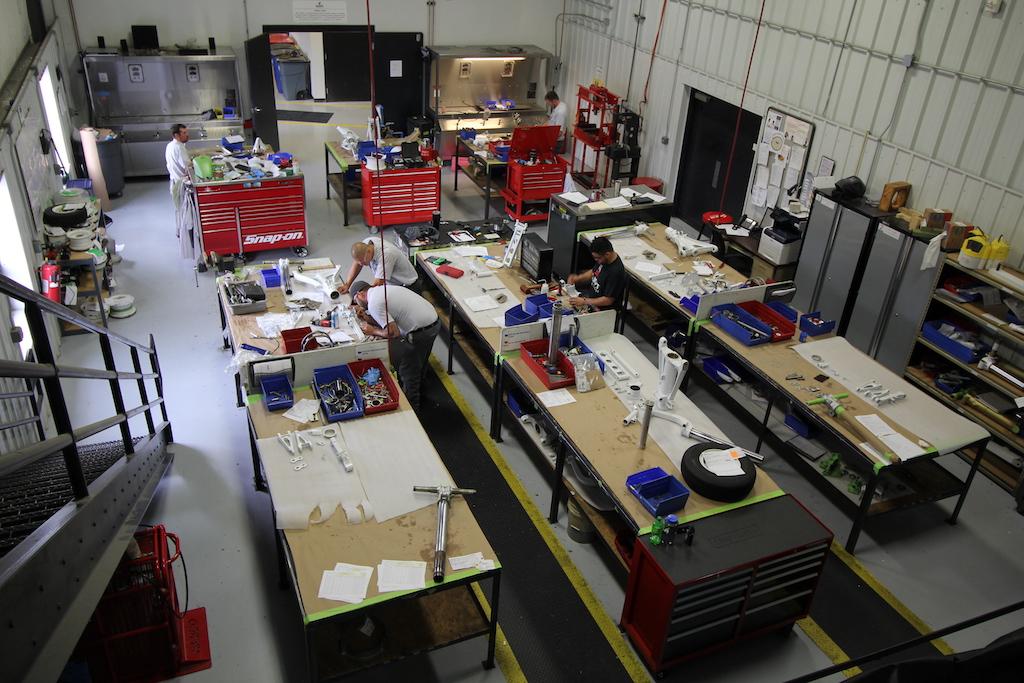As Bizav Flying Rises, MROs Feel Parts Pinch, Part 1

The availability of used serviceable materials for business aircraft has been impacted by a significant uptick in aircraft utilization.
Parts supply chain constraints continue to be problematic for business and general aviation MROs, thanks to issues that remain unresolved in the post-pandemic period. Among those issues is the significant increase in demand as aircraft utilization remains strong coupled with continued recovery in commercial aviation, notes Matt Poitras, a partner in consulting firm Oliver Wyman.
“Absent a major trajectory shift with commercial aviation recovery, suppliers who deal with both business and general aviation (B&GA) aircraft and commercial aviation will continue to face tough choices about how much they prioritize,” says Poitras. “There is the B&GA segment, which is smaller, versus the more lucrative commercial airline segment. I suspect this will continue to some degree through mid-to-late 2023, until things stabilize.”
Along with a need to prioritize, Poitras explains, working capital constraints have impacted certain smaller suppliers, limiting how much they can ramp up their production. However, the supply-chain issue should be shorter-term and easier to resolve, he believes. One area of concern, however, is the castings/forgings industry, which “continues to be tight” and will take some time—and considerable cost—to bring up to speed. “There are incentives to keep capacity tight, so I suspect this will be an ongoing challenge for some time,” he remarks.
At the same time, Poitras notes, there are disruptions in materials supply chains due to sanctions imposed on Russia for its February 2022 invasion of Ukraine, bottlenecks in transportation, and periodic COVID-19 related lockdowns in China. “Although the transportation system is recovering, Russia and China continue to generate uncertainty,” he cautions.
The availability of used serviceable materials for business aircraft has been impacted by a significant uptick in aircraft utilization, along with decreased availability of feedstock from fewer retired aircraft, according to Poitras. “BG&A aircraft tend to fly longer, and incorporate various upgrades over time,” he says. “When you’re flying a newer variant, the parts that can be harvested from retiring aircraft will often not be usable on the newer aircraft.”
All of these factors mean that MROs and their customers must continue to live with longer lead times for maintenance, which are the new reality.
“Advance planning is essential today—at least 5-6 weeks before the airplane goes into the hangar,” warns Adam Doyle, Elliot Aviation paint and interior sales manager. “Pre-COVID, the materials we needed would be available any time we scheduled an airplane into our hangars. Now, we can no longer bet on that.”
Doyle says that for some specialty paints, availability is still constrained, especially for anything that needs to be custom mixed, or generally not included in the supplier’s typical production run. He points out that delivery is now taking some three-to-four weeks, while one-to-two weeks was normally the case, pre-pandemic.
Randy Tener, Yingling Aviation director of parts and propeller, says that supplies are “spotty” in some product categories. “What we are seeing today are certain commodities struggling to keep up with the demand—specifically chemical based products, such as tires, sealants, paints and greases,” he explains.
As examples, Tener reports that oil filters were readily available, but at one point, lead times started creeping toward 90 days. “Oil filters are starting to trickle in now, although the major suppliers are not posting lead times,” he notes. “They tell us to call for allocation.” Tires “are in the same situation. They bounce back and forth between Goodyear and Michelin regarding availability,” he says.
Advance Parts Planning

Yingling Aviation took mitigation measures early in the pandemic, as word spread that other industries were reporting supply chain issues. “We suspected it was only a matter of time before that would cross into our industry, so we began to position inventory with a focus on aftermarket items, such as tires, oil filters and batteries—and on the suppliers that carried those items,” Tener explains.
The Wichita-based company also started sourcing parts from new suppliers, as primary suppliers ran out of inventory. “Additionally, by forecasting our needs, we started placing orders with suppliers to get our place in line on the commodities we frequently use,” Tener adds.
Asked if suppliers have given any indication as to when the industry can expect a more reliable supply chain, Tener says that, based on what he is told, the current projections are for 2024. “It will be hit or miss on many items as the supply chain recovers,” he cautions.
In Part 2 of this article, we speak with Duncan Aviation and StandardAero.




